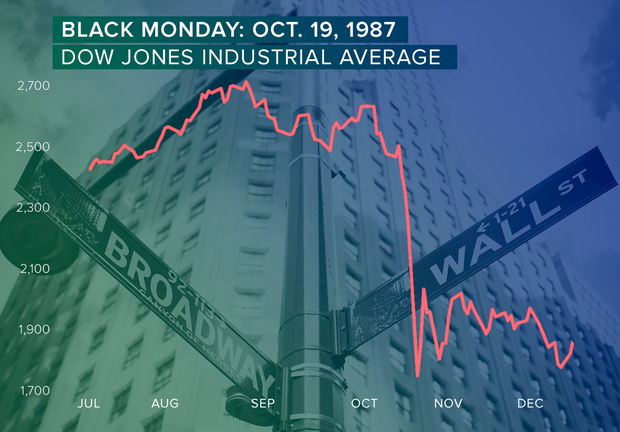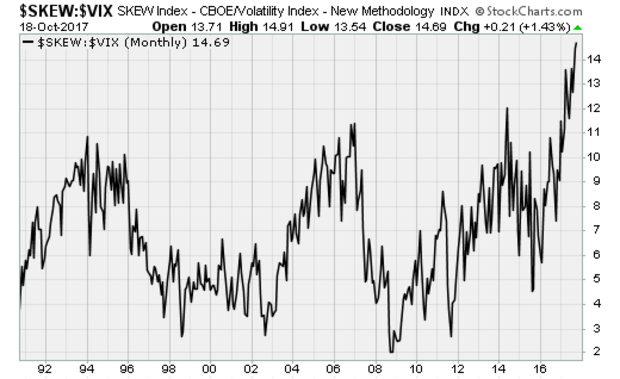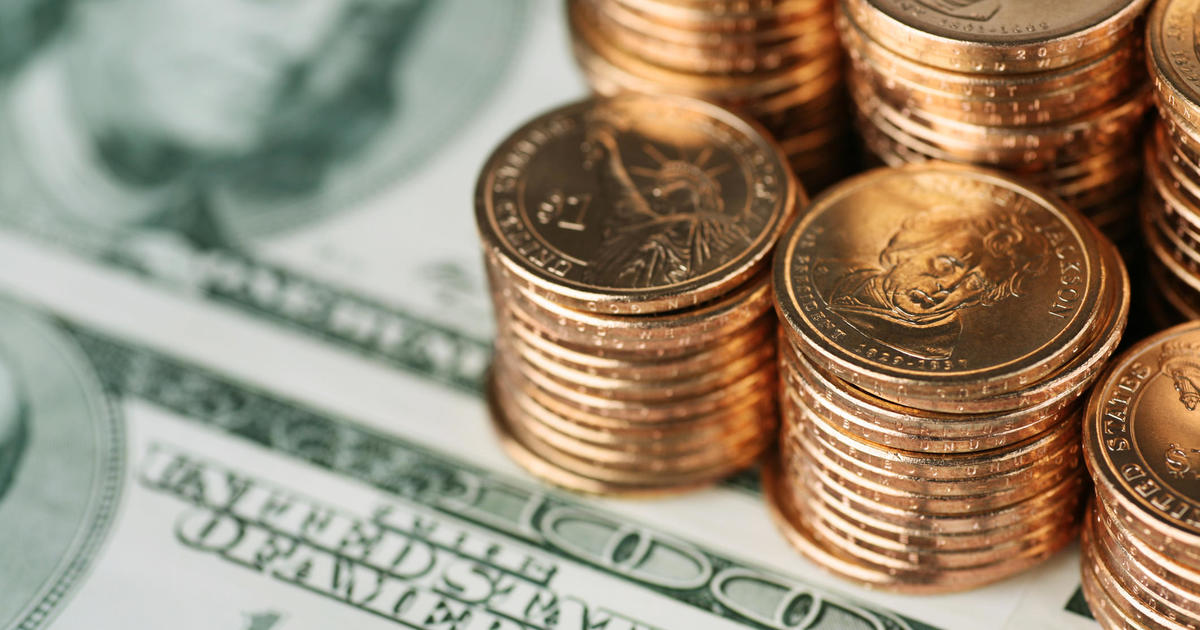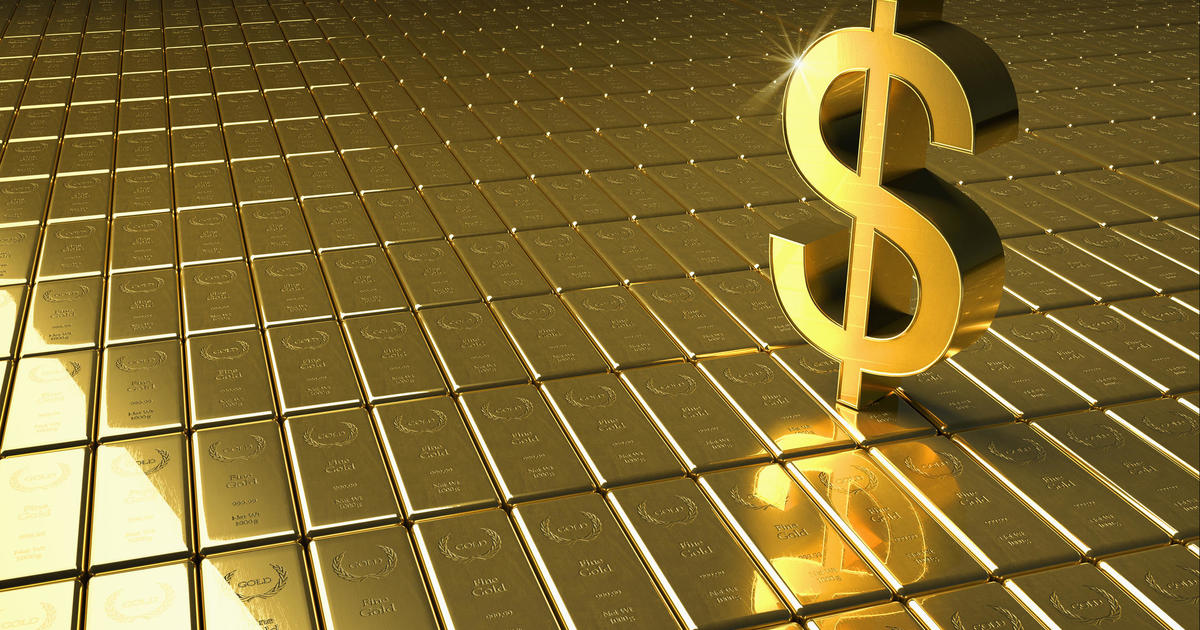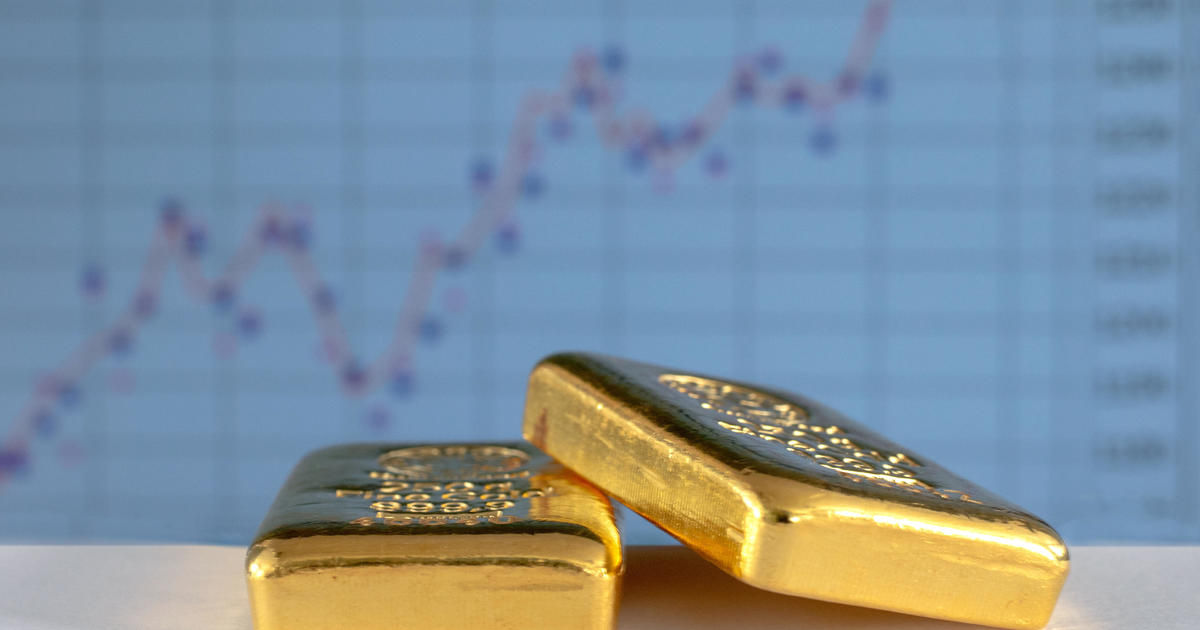Black Monday 1987 stock crash ghosts loom as Dow crosses 23,000
On Monday, Oct. 19, 1987, a wave of selling that started in Hong Kong slammed US markets, pushing the Dow Jones Industrials index down 22.6 percent in what's still the worst one-day percentage loss on record. The downdraft followed bouts of selling the previous week, but it caught investors largely by surprise.
The catalyst? Overzealousness, weakness in the dollar after Iran hit two American supertankers with "Silkworm" missiles, a lack of "circuit breakers" that pause trading amid large price moves and troubles with early versions of computerized, algorithmic trading.
Fast forward to now, and many of the same conditions are in place. President Donald Trump recently decertified the Iranian nuclear deal. JPMorgan estimates computer trading now accounts for a whopping 90 percent of overall activity. And sentiment has rarely been more feverish than it is now, thanks mainly to a multiyear, multitrillion-dollar, global experiment with central bank stimulus via asset purchases.
Clearly, very few investors are worried about any of that because on the eve of the 1987 anniversary, the Dow Jones Industrials easily closed above the 23,000 level for the first time, ending Oct. 18 at 23,158 -- up 160 points on the day. The jump came almost exclusively on the back of the 9 percent gain in IBM (IBM) after Big Blue reported its 22nd-straight quarterly revenue decline.
No, wait -- that's not right. Investors looked beyond IBM's ongoing top-line revenue woes to focus instead on better-than-expected earnings generated by a lower-than-expected tax rate and increasing success in its "strategic imperative" offerings such as artificial intelligence, cloud services and blockchain.
Taking over for IBM's legacy businesses like hardware and on-site services, these businesses' results fueled a belief that Big Blue's turnaround is finally gaining traction. And thus, shareholders were rewarded with IBM's best one-day stock-price gain since 2009.
It's difficult to properly express just how wild this current situation is. The Dow is now at its second-most overbought condition in 22 years. And the third-most overbought in 62 years. The big-cap "FANG" tech stocks -- Facebook (FB), Apple (AAPL), Netflix (NFLX) and Google (GOOG) -- actually drifted lower. And the CBOE Volatility Index crept off its midday lows, suggesting that some late-session doubts crept into Wall Street's psyche.
This probably sums it up best: The relationship between "crash" risk (via the SKEW Index) vs. "normal" market volatility risk (the CBOE Volatility Index) has never been higher (chart above). Societe Generale analysts recently noted that stocks have entered a "dangerous" volatility-free situation with nearly nonexistent expectations of a market sell-off or correction, as derived from options pricing data -- down to levels that have happened less than 2 percent in all of market history.
As the ghost of Black Monday looks down on this unholy set of circumstances, one gets the feeling that something is about to snap.
